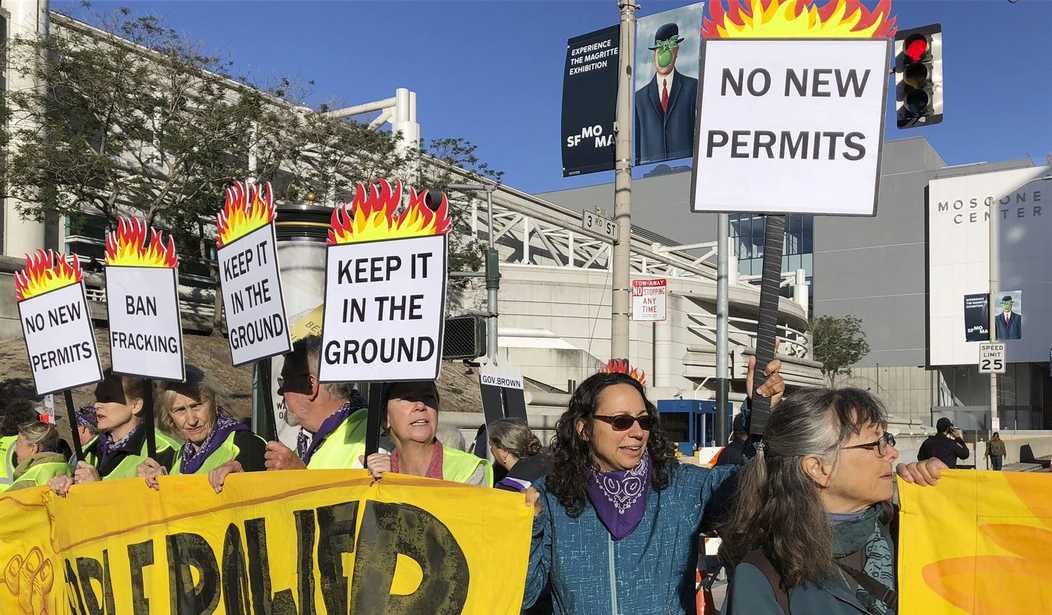The scientific method is one of mankind's greatest achievements. It is, as I have been saying and writing for many years, one of our primary tools - in fact, the primary tool for understanding the world around us. It relies on the gathering of data, facts, and on a strictly dispassionate and open analysis of those facts to determine how those facts fit together. Science is not a group of people; it is not a democratic process, and the validity of any hypothesis or theory is not determined by consensus, but by the facts.
Professor, physicist, Manhattan Project researcher, and Nobel Prize awardee Dr. Richard Feynman, writing in 1965, described the scientific method thusly:
In general, we look for a new law by the following process: First we guess it; then we compute the consequences of the guess to see what would be implied if this law that we guessed is right; then we compare the result of the computation to nature, with experiment or experience, compare it directly with observation, to see if it works. If it disagrees with experiment, it is wrong. In that simple statement is the key to science. It does not make any difference how beautiful your guess is, it does not make any difference how smart you are, who made the guess, or what his name is — if it disagrees with experiment, it is wrong.
Dr. Feynman wasn't writing about climate change, but he may well have been. A recently published journal piece by two actual scientists, though, applies the scientific method to the climate argument, specifically to the supposed dangers of carbon dioxide (CO2) as a greenhouse gas. Dr. Richard Lindzen, Professor of Earth, Atmospheric, and Planetary Sciences, Emeritus at the Massachusetts Institute of Technology, and Dr. William Happer, Professor of Physics, Emeritus, at Princeton University, have weighed the claims of the climate panic-mongers in the balance, and have found them wanting.
The crux of their paper relies on two areas of "ignored science." In the first, they deconstruct how CO2 and, indeed, the use of other fossil fuels, will not cause catastrophic warming.
There are numerous greenhouse gases. The five most abundant GHGs are water vapor (H2O), nitrous oxide (N2O), carbon dioxide (CO2), ozone (O3), and methane (CH4). The Endangerment Finding cites six: carbon dioxide, methane, and nitrous oxide, and three more: hydrofluorocarbons, perfluorocarbons, and sulfur hexafluoride... The warming effects of these three are so small they are irrelevant to climate.
The warming effects of methane and nitrous oxide are also so small that they too are irrelevant to climate. Moreover, water vapor and clouds account “for more than 90% of the atmosphere’s ability to intercept heat.” Thus CO2 and all the other GHGs account for less than 10% of the atmosphere’s ability to intercept heat.
In the second, the scientists point out how an overzealous effort to restrict atmospheric CO2 could have adverse reactions, not on the climate, but on producers - plants, on which everything on Earth relies on, directly or indirectly, for food.
Many Federal and some state governments’ Net Zero rules and subsidies will have disastrous effects on Americans and America endangering public health and welfare in a relatively short time, including, but not limited to, the following:
- “The EPA’s New Tailpipe Emissions Rule is a Plan to Eliminate GasPowered Cars” and eliminate gasoline car and truck production, as thus eliminating upwards of 10 million jobs, and related GDP and tax revenue.
- “Banning Gas Stoves by Regulation, and gas furnaces, gas heaters and other personal and commercial gas appliances, requiring the purchase of electric appliances where electricity costs 3 ½ times more than natural gas according to the Department of Energy, and eliminate related jobs, GDP and tax revenue.
- An EPA Death Sentence for Fossil-Fuel Power Plants: The Biden Agency’s New Rule Means the End of Natural Gas-Fueled Electricity,” which provide more than 60% of U.S. electricity reliably and affordably, and related jobs, GDP and tax revenue.
There's more, but here's the onion:
Carbon dioxide is the miracle molecule of life. It is the basis for nearly all life on earth. We owe our existence to green plants that, through photosynthesis, convert CO2 and water to carbohydrates and oxygen with sunlight. Land plants get the carbon they need from the CO2 in the air. In turn, livestock depend on the availability of green plants to consume, so that humans can consume the livestock.
Without CO2, there would be no food and thus no human or other life.
This, folks, is what science looks like. Facts, not "consensus." Evidence, not politics. Fact and evidence, which can be confirmed and reproduced.
Read More: They Just Don't Get It - Another Climate 'Expert,' Same Bad Message
Climate Scolds Now Want Us to Measure the Carbon Footprint of... Cardiac Surgeries?
The entire paper merits the time, even if (as is the case with all scientific papers; I've written a few myself) if it is a bit turgid and textbookish. But the gist of it is clear: the climate change agenda is political, not scientific. The climate scolds ignore inconvenient data - one might even say, inconvenient truths. They attempt to silence people doing actual science, people who are actually as much of an expert on the Earth's vast, chaotic climate as anyone might be. Here, in this paper, we have two highly qualified people - a professor of physics, and a professor of earth, atmospheric, and planetary sciences, two men who actually know what they are talking about, who took the "consensus" of climate change and meticulously defenestrated it.
The Trump administration has done great work, so far, in moving the government out of ill-advised "net-zero" and "green energy" schemes that not only are a waste of time and money, but would also have a negative effect on human lifestyles and, if taken to an extreme, would even harm our systems of agriculture - our food supply. But President Trump won't be in office forever, and when the Democrats finally find a presidential candidate who isn't openly barking nuts, they may well retake the White House and try to put these policies in place again. If that happens, it will be up to us to hammer them with facts - and this paper, and others like it, are good arrows to have in our quivers.















